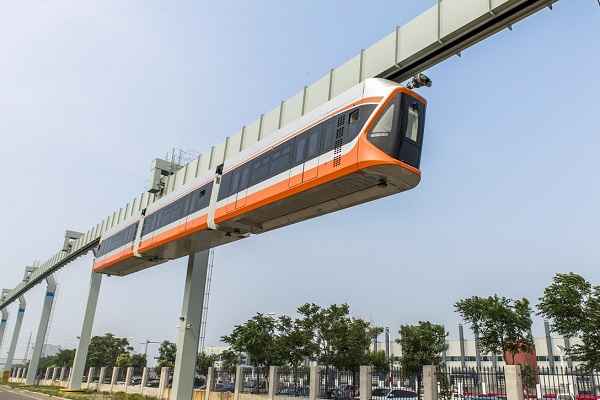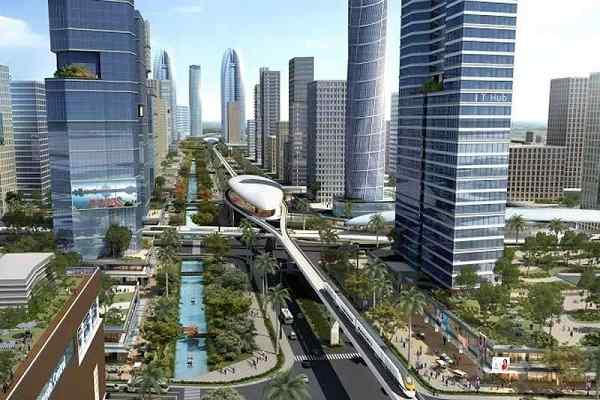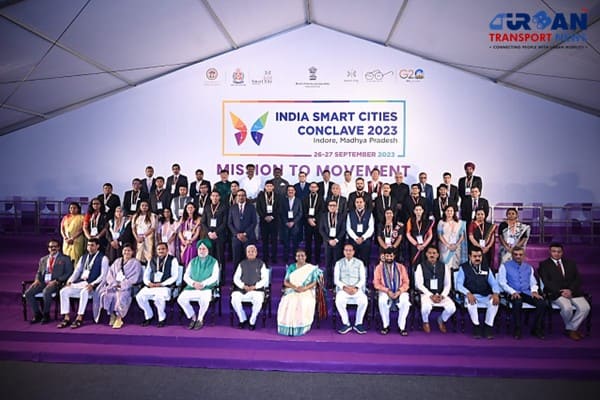 Revolutionizing Indian Railways: The Rise of Indigenous High Speed Bullet Trains
Revolutionizing Indian Railways: The Rise of Indigenous High Speed Bullet Trains Ayodhya deployed Gobbler Litter Buster to keep the City clean
Ayodhya deployed Gobbler Litter Buster to keep the City clean BMW's Emissions Investigation: What Does It Mean for Drivers?
BMW's Emissions Investigation: What Does It Mean for Drivers? 171 Years of Indian Railways: A History of Innovation and Progress
171 Years of Indian Railways: A History of Innovation and Progress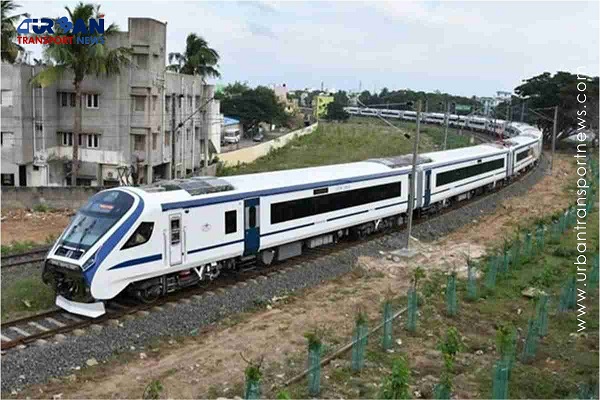 Vande Bharat Express trains carries over two crore passengers since their inception
Vande Bharat Express trains carries over two crore passengers since their inception BPCL partners with Noida International Airport to construct ATF Pipeline
BPCL partners with Noida International Airport to construct ATF Pipeline What are the Railway Development Plans in BJP's Manifesto for 2024-2029?
What are the Railway Development Plans in BJP's Manifesto for 2024-2029?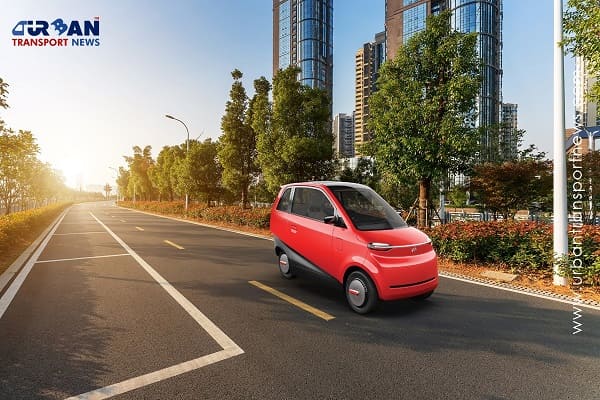 Latest innovations shaping the urban mobility sector across the globe
Latest innovations shaping the urban mobility sector across the globe California issues RfP for procurement of High Speed Bullet Trains
California issues RfP for procurement of High Speed Bullet Trains ONCF floated global construction tenders for Kénitra - Marrakech High Speed Rail
ONCF floated global construction tenders for Kénitra - Marrakech High Speed Rail
A Holistic Planning Approach to Urban Street Design
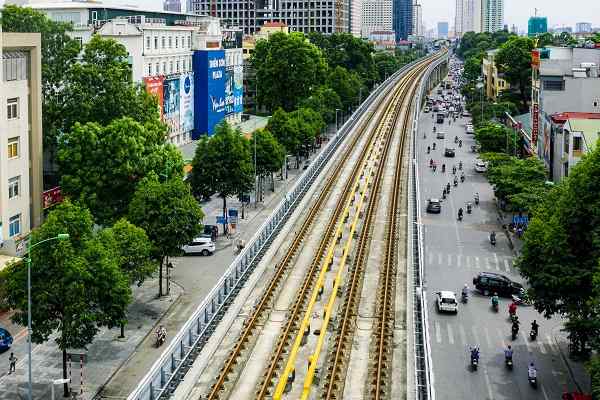
At present, urban streets represent human existence, the hi-s and the low-s of what integrates the tangible realm of our lives every day. The manuals that municipal and state transportation planners use when constructing city streets have significant political impacts on many issues, including transit and bike ridership, pedestrian safety, public health, air quality, and many more. With time, street design has largely been impacted by the inflow of vehicles and the inclusivity of what qualifies as urban traffic. As a result, many cities struggling with mismanaged streets have begun to adopt more balanced, multi-modal approaches to street planning that are accessible and welcoming to all users.
Today, cities in India, when constructing new connecting roads, still follow this age-old approach that privileges the needs of automobiles before people or communities. Presenting a fresh approach, architects and planners must identify streets as a platform to integrate multiple cultures and societies to represent the identity of a locality. This is especially true in countries like India, where a major chunk of collective city life unfolds on the streets. Street shopping, snacking, and even elaborate religious worshipping are not just activities done on streets, but they are the pegs that hold together community life and expression.
Traditionally, street design has been dominated by a top-down approach with the narrow goals of providing connectivity rather than shaping communities. Planners and signatories have come together to lay out a plan involving centralised decision-making that is often rigid and authoritarian. On the other hand, the bottom-up approach involves a more decentralised and participatory approach to planning, in which local communities and stakeholders are actively engaged in the planning process. Furthermore, it privileges a place-based approach to designing streets which is more flexible and adaptive to local concerns and specific neighbourhood nuances. Rather than viewing these two approaches in a binary, a more fruitful approach would be to adopt a more inclusive approach focused on problem-solving.
Employing The Bottom-Up And Top-Down Approach Simultaneously
In most tier I and tier II Indian cities, the bottom-up planning approach is complicated by the influx of street vendors, haphazard growth of small-scale retail stores, and unorganised parking. Moreover, with a vast population to cater to, their vehicles and corrupt local governance networks do not allow the
smooth implementation of policies and create spaces where illegal vending, parking of cars, or privatisation of public space occurs.
Here, a state government might use a top-down approach to establish a more balanced transportation system that caters to the needs of all users, including pedestrians, bicyclists, and public transit users, as well as automobiles. At the same time, the city government might use a bottom-up approach to involve local communities and stakeholders in the planning and design process.
Extrapolating the approach for various aspects of street design
The collaborative approach of street design and re-design is messy and elaborate but arguably valuable. It could help us systematically solve key issues of unorganised use and the development of streets sustainably and responsibly.
For instance, to manage street vending in the city by allocating vending zones and enabling better licensing systems for street vendors. These measures could be accompanied by training and support programs to improve the quality and safety of their products. Bottom-up strategies might employ community organisations and local vendors to implement these measures and identify appropriate vending zones. Similarly, addressing informal vehicular parking can include allocating designated parking spaces and implementing parking permit systems for residential areas.
At its heart, this approach requires collective planning intervention to help local urban bodies and people actively participate and sustainably drive change while ensuring a long-term planning strategy with a top-down viewpoint. It can offset exclusionary urban planning and provide social and environmental equity with a practical approach. It will further ensure that during the process, there is a balance between the ambition of the master plan and the on-ground realities of urban neighbourhoods.
The underlying idea enabling a comprehensive planning approach is bringing multiple stakeholders together. It can create ample recreational areas with healthy landscaping and heterogenous neighbourhoods, making commercial and residential zones easily accessible. This ultimately adds value to people’s daily lives, strengthening the sense of community by creating interactive public nodes at regular intervals.





